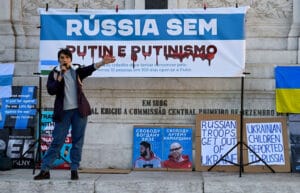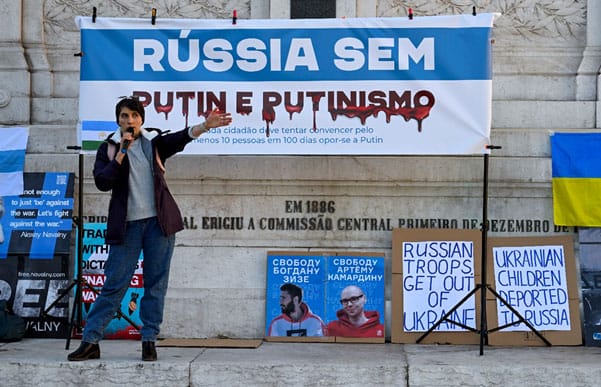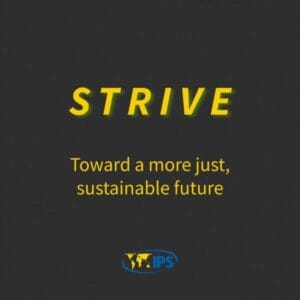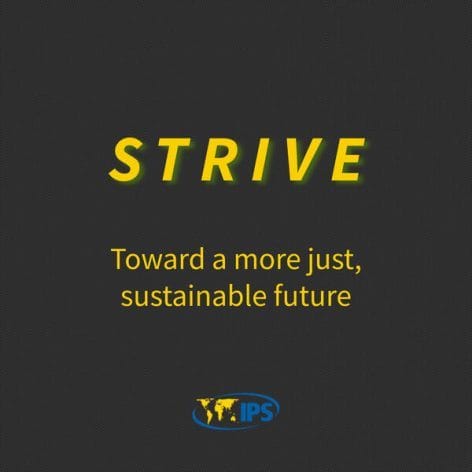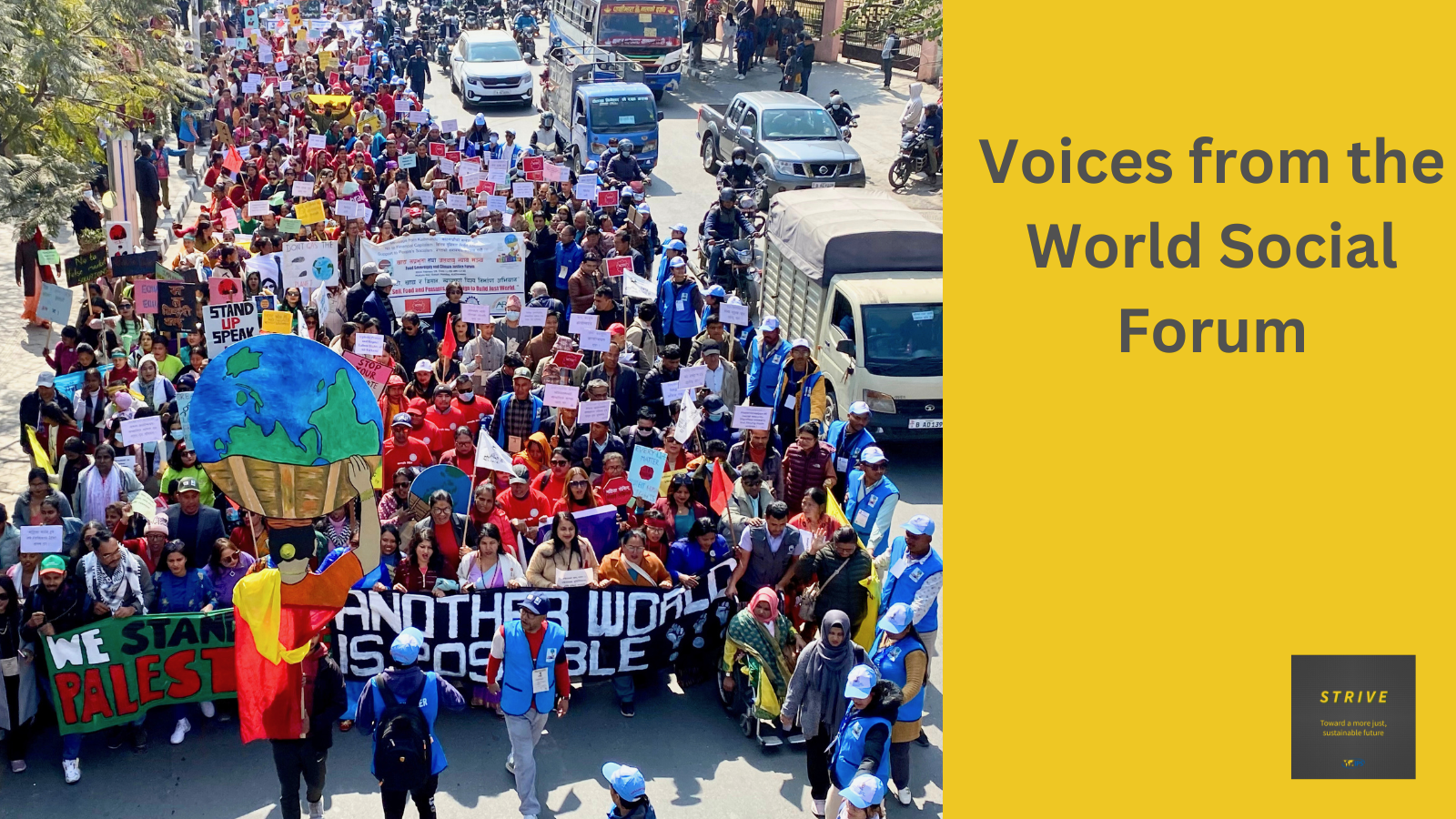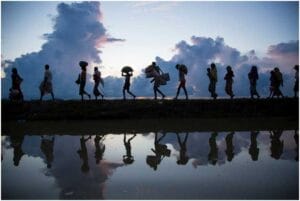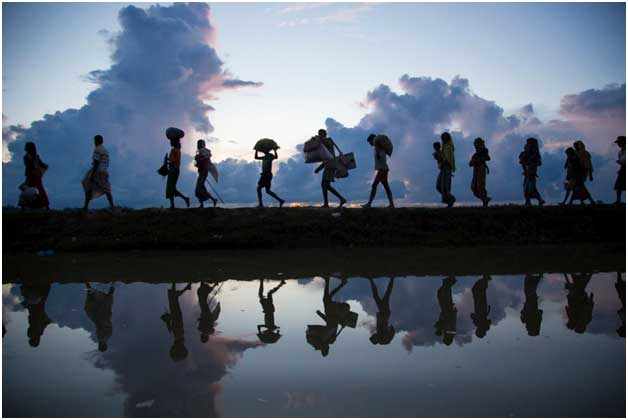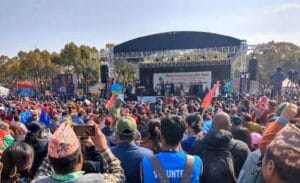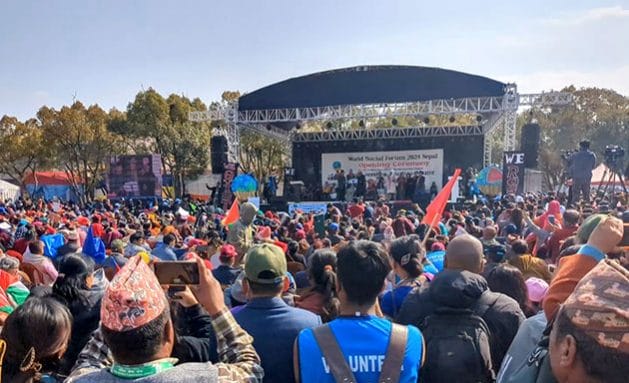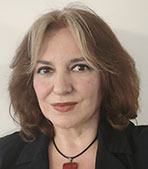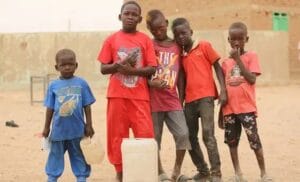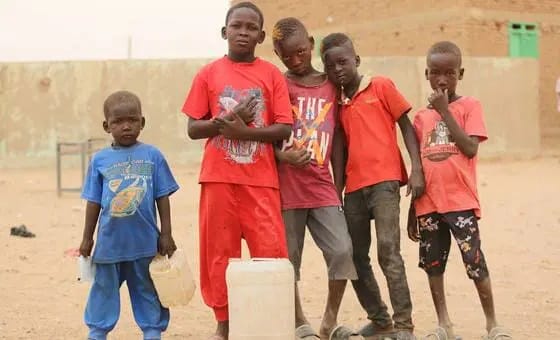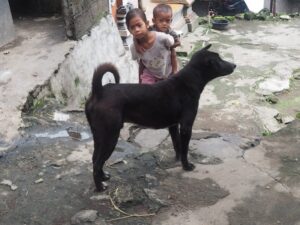
Asia-Pacific, Biodiversity, Civil Society, Conservation, Editors’ Choice, Environment, Featured, Headlines, Sustainable Development Goals, TerraViva United Nations
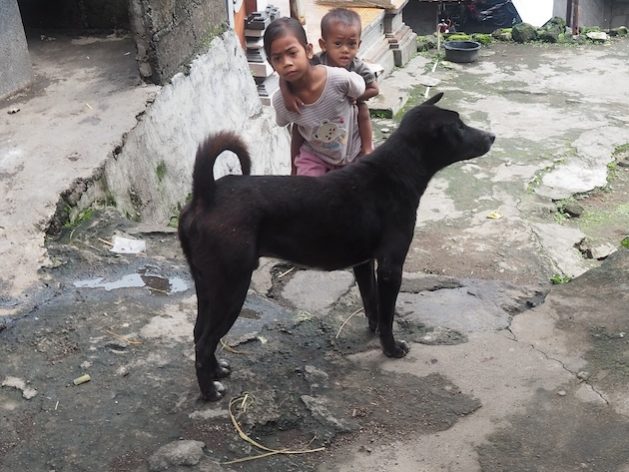
Indigenous Bali dogs hold the potential to unlock hidden secrets about ancestral dog diversity. Credit: Sonny Inbaraj/IPS
– Bali’s Island’s ancient canine guardians, the proud descendants of lineages tracing back tens of thousands of years, stand on the brink of extinction. Culling triggered by rabies outbreaks and interbreeding is pushing these living cultural treasures towards a tragic end.
For generations, traditional Bali Heritage Dogs have woven themselves into the fabric of the predominantly Hindu Balinese society. A tapestry woven with ancient folktales binds Bali dogs and the Balinese in a unique bond.
“Guided by the Tri Hita Karana’s principles of harmony and respect, Balinese Hindus forge a unique bond with dogs,” Ida Bawati Sari Budangga, a priest in Dusun Puchang in East Bali’s Desa Ban at the foot of the Gunung Agung volcano, told IPS.
Tri Hita Karana weaves harmony between humans and their environment, evident in offerings to deities and respect for nature’s bounty. Tri Hita Karana also serves as a powerful model for sustainable development, inspiring initiatives that balance human needs with environmental respect.
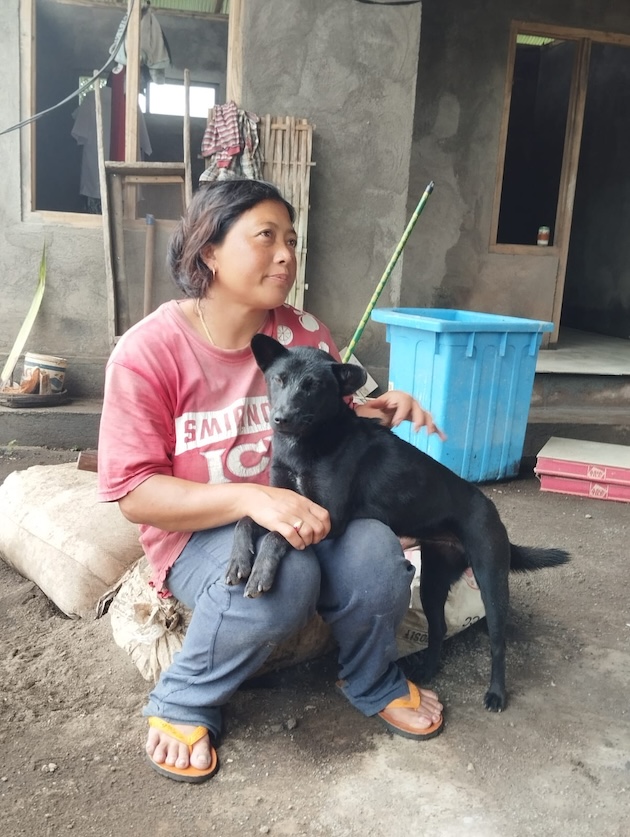
Balinese treat dogs with care, valuing their presence in their lives and communities. Credit: Dewa Made Suarjana/BAWA
“This isn’t merely pet ownership, but an embodiment of their deep connection to all living beings. From sharing meals to participating in temple rituals together, dogs are woven into the fabric of Balinese life, reflecting their reverence for the natural world and its creator,” added the priest.
In Balinese culture, the Mahabharata story of King Yudhistira and his loyal dog plays a significant role in understanding their deep respect for dogs. When Dharma, disguised as the king’s ill-kept dog, is denied entry to heaven by Indra, Yudhistira refuses to enter without him. This act of unwavering loyalty reveals Dharma’s true form as the God of righteousness, highlighting the importance of compassion and connection with all beings. This story continues to inspire the Balinese to treat dogs with respect and care, valuing their presence in their lives and communities.
Driven by interest in the Bali dog’s distinct genetic ancestry, studies such as the University of California, Davis 2005 study “Genetic Variation Analysis of the Bali Street Dog Using Microsatellites” reveal the wide diversity contained in their DNA. Microsatellites is a lab technique that uses genetic markers for studying genealogy, population organization, genome diversity, the process of evolution, and fingerprinting from extracted DNA samples.
The study found that dog populations on Bali had been separated for an estimated 12,000 years and this protracted isolation has shaped Bali’s dog genetics, resulting in distinct genetic variants absent elsewhere in other dogs.
UC Davis’ groundbreaking study unveiled an intriguing genetic link between Bali dogs and ancient Asian breeds such as the Dingo and Chow Chow. This fascinating lineage can be traced back to the Austronesian migration and colonization of South Indochina, which occurred before the last glaciation period when Bali was connected to the mainland through a land bridge that eventually submerged.
“As a result of their genetic isolation, indigenous Bali dogs hold the potential to unlock hidden secrets about ancestral dog diversity, and even shed light on ancient human migration patterns and trade routes,” commented UC Davis’ Dr Benjamin Sacks, adjunct professor, at the university’s school of veterinary medicine.
However, Sacks warned in response to the 2005 study and a study done in 2011: “We don’t have all the questions yet to ask, but they’re emerging every day, and if we lose these populations, we lose the ability to answer those questions.”
In 2008,
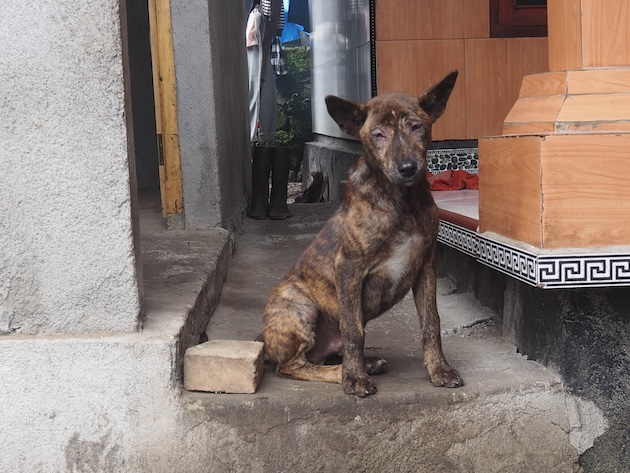
The indigenous Bali dog population has plunged from a staggering 800,000 to a mere 20,000. Credit: Sonny Inbaraj/IPS
Bali’s unique indigenous dog breed suffered a brutal blow with the knee-jerk reaction of mass culling, which continues to this day following rabies outbreaks. In a widespread plan to eliminate free-roaming dogs, the indigenous Bali dogs were not spared. Just like in other countries in Asia and Africa, rabies in Indonesia is being sustained within the domestic dog population. It’s not surprising that the public commonly associates rabies with dogs and dog bites.
According to the World Health Organization rabies is endemic in 26 provinces in Indonesia, including Bali, with 74 cases of human rabies out of 66,170 bite cases from suspected rabid animals reported in the country from January to July 2023.
Bali Island had never experienced rabies before, until 2008. Lax surveillance allowed a rabid dog to slip through from Flores, an island ravaged by endemic canine rabies since 1997, setting the stage for Bali’s own struggle with the animal-borne disease.
“Before the outbreak of rabies in 2008, the island had one of the highest dog-to-human ratios in the world,” said Janice Girardi, founder of the Bali Animal Welfare Association (BAWA).
“Mass culling was the first action that the local government authorities took in response to the rabies epidemic. They utilized teams that were armed with blow darts and baits that contained strychnine,” she added.
Culling on its own has never had an effect on rabies in dogs or humans or dog population growth, said Dr Darryn Knobel, professor at Ross University School of Veterinary Medicine in St. Kitts.
“If you’re culling, you’re going to be diverting resources away from vaccination. The only thing that works is vaccination and you need to vaccinate at least 70 percent of all dogs to get what we term herd immunity,” he explained.

An indigenous Bali dog in East Bali. Credit: Sonny Inbaraj/IPS
From 2005 to 2008, the Bali dog population was estimated to be between 600,000 and 800,000, according to a 2018 study. However, due to culling following the 2008 rabies epidemic in Bali, the population of free-ranging dogs has decreased by at least 25 percent, according to the study.
BAWA’s Girardi issued a stark warning about the indigenous Bali dog population, which has now plunged further from a staggering 800,000 to a mere 20,000, according to the NGO’s mapping.
“With such dwindling numbers,” she emphasized, “the chances of purebred dogs finding mates and perpetuating their lineage are vanishingly small, akin to winning the lottery.”
The interbreeding of native Bali dogs with dogs of other breeds that have been introduced to the island is another cause for concern. This occurred when the government of Bali, in 2004, abolished an ancient piece of legislation from 1926 that had been issued by Dutch colonialists to prevent the introduction of rabies into Bali from other islands within the archipelago.
For Balinese seeking outward signs of affluence, Western breeds and crossbreeds trump the indigenous Bali dog, deemed unworthy of attention and left wanting.
“I have one Bali dog now, but I’m planning to either get a Golden Retriever or a small long-haired crossbreed. They’re unique and good for our image,” 14-year-old I Kenang Sunia in Desa Jatituhun, Ban, in east Bali, told IPS.
Battling extinction, BAWA deploys its sterilization program to remote Balinese villages, targeting non-purebred dogs in a critical effort to conserve the dwindling population of the purebred Bali dog.
“We sterilise as many non-pure Bali dogs as possible in each area (to prevent interbreeding) in order to save the remaining indigenous dogs in Bali before they are lost forever,” said Girardi.
IPS UN Bureau Report

